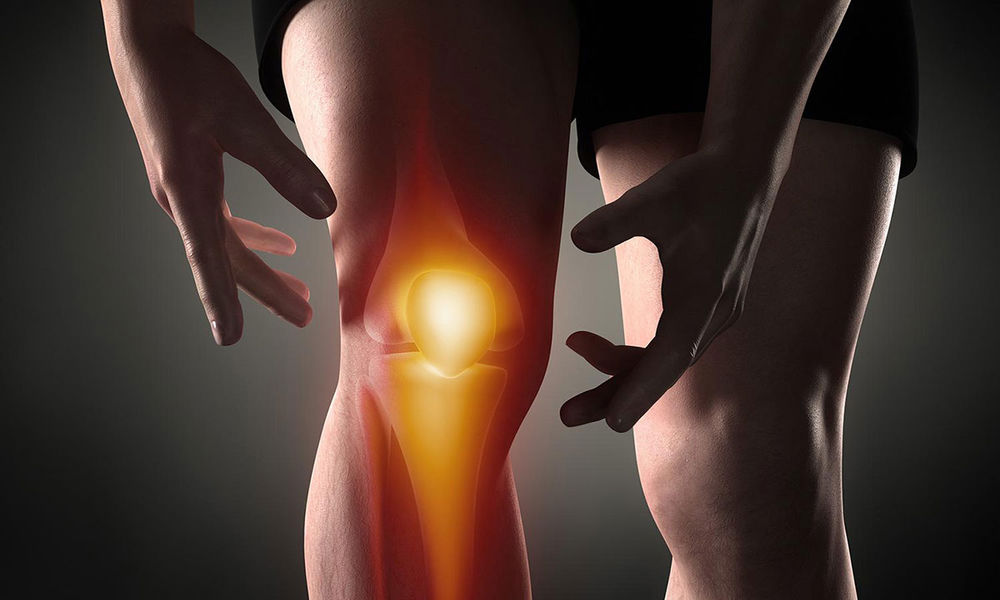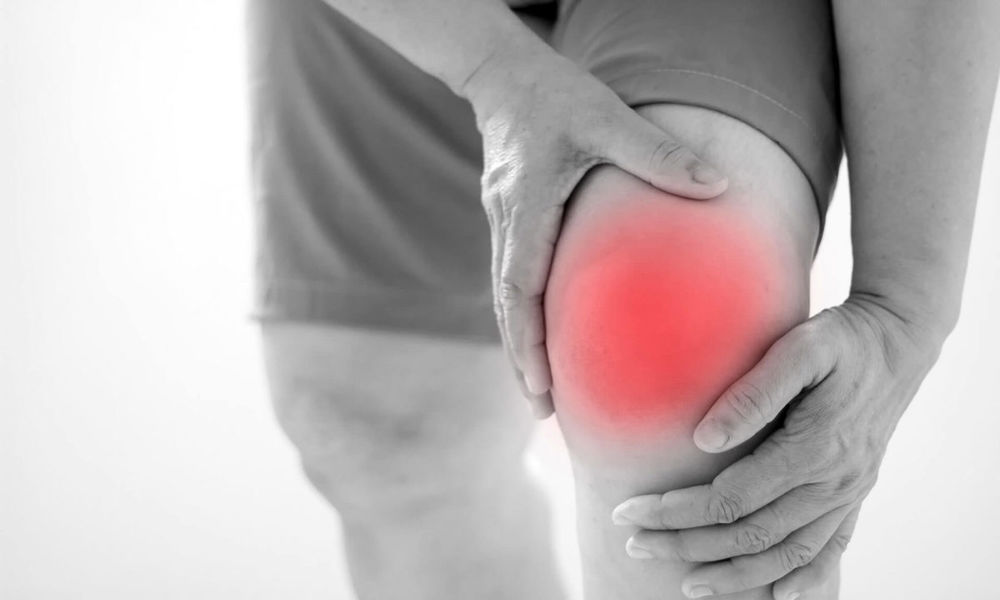It is a method applied when the knee joint is damaged or when there is excessive pain and loss of function. Robotic knee replacement surgery allows the prosthesis to be placed with the help of robotic systems. It generally offers higher accuracy and better results compared to traditional surgical methods.
What Is Robotic Knee Replacement Surgery and How Is It Performed?

It is a surgical method applied when the knee joint is damaged or when there is excessive pain and loss of function. With the help of robotic systems, the knee prosthesis is placed with high precision. Compared to traditional surgical methods, it offers better outcomes and carries a lower risk of complications.
Before the surgery, detailed images of the patient’s knee are taken. Using computerized tomography or magnetic resonance imaging, the structure and damage of the knee joint are evaluated. This data is then uploaded to the robotic surgical system.
During the operation, the surgeon controls the robotic system. The robotic arms move with extreme precision and, under the surgeon’s guidance, place the prosthetic components in the most optimal way. Robotic systems perfectly follow the surgeon’s movements, ensuring proper alignment of the knee prosthesis. This results in less tissue damage and a minimally invasive approach.
Robotic knee replacement surgery typically leads to a faster recovery and less postoperative pain. Thanks to more precise placement, the prostheses fit the knee joint perfectly, improving functional recovery. Patients can return to their daily lives in a shorter time after surgery, with a significant improvement in their quality of life.
Advantages and Disadvantages of Robotic Knee Replacement Surgery
- Robotic systems ensure accurate placement of the knee prosthesis. Advanced imaging and robotic technologies allow the surgeon to perform more precise and accurate movements, ensuring perfect alignment and compatibility of the prosthesis.
- Due to the minimally invasive approach, damage to surrounding tissues is reduced. This accelerates the recovery process and decreases postoperative pain.
- More precise placement and less tissue damage enable patients to recover faster after surgery, supporting their quicker return to daily life.
- The high precision of robotic systems reduces the risk of complications, offering a safer experience during and after surgery.
However:
- The high cost of robotic surgical systems can increase the overall cost of surgery, which may limit accessibility for some patients.
- Technical failures or malfunctions in robotic systems can prolong the surgery or introduce additional risks.
- Robotic surgery requires special training and expertise, and not every surgeon may be qualified to operate with robotic systems.
Overall, while the surgery offers many advantages, it may also present some disadvantages. A detailed evaluation with the surgeon is crucial to determine the most appropriate treatment method for each patient.
Robotic Knee Replacement Surgery: Preoperative Preparation and Planning

Robotic knee replacement surgery requires meticulous preparation and planning to achieve a successful outcome. Preoperative preparation ensures that both the patient and the surgeon are fully ready for the procedure.
The patient’s overall health status, medical history, and the extent of damage to the knee joint are thoroughly evaluated. The doctor conducts a comprehensive assessment using physical examination, blood tests, and imaging techniques. These findings are then used to create a personalized surgical plan within the robotic system.
Before the operation, detailed images of the patient’s knee are taken and uploaded to the robotic surgical system. This data is used to ensure the most accurate alignment and fit of the prosthesis during placement.
The patient must follow certain preoperative instructions, which typically include fasting, medication adjustments, and other specific guidelines. It is also recommended that the patient have a companion present on the day of surgery.
Patients are informed in advance about the surgical process and the postoperative period. The surgeon provides detailed information regarding how the operation will be performed, potential risks, and the recovery process. This helps patients to prepare mentally for the procedure. The exact date and time of the surgery are set, and all supportive measures required to ensure the patient’s comfort after the operation are carefully planned.
This preparation process increases the likelihood of success in robotic knee replacement surgery and supports the patient’s recovery. A careful and well-structured approach at every stage reduces the risk of complications and accelerates the healing process



